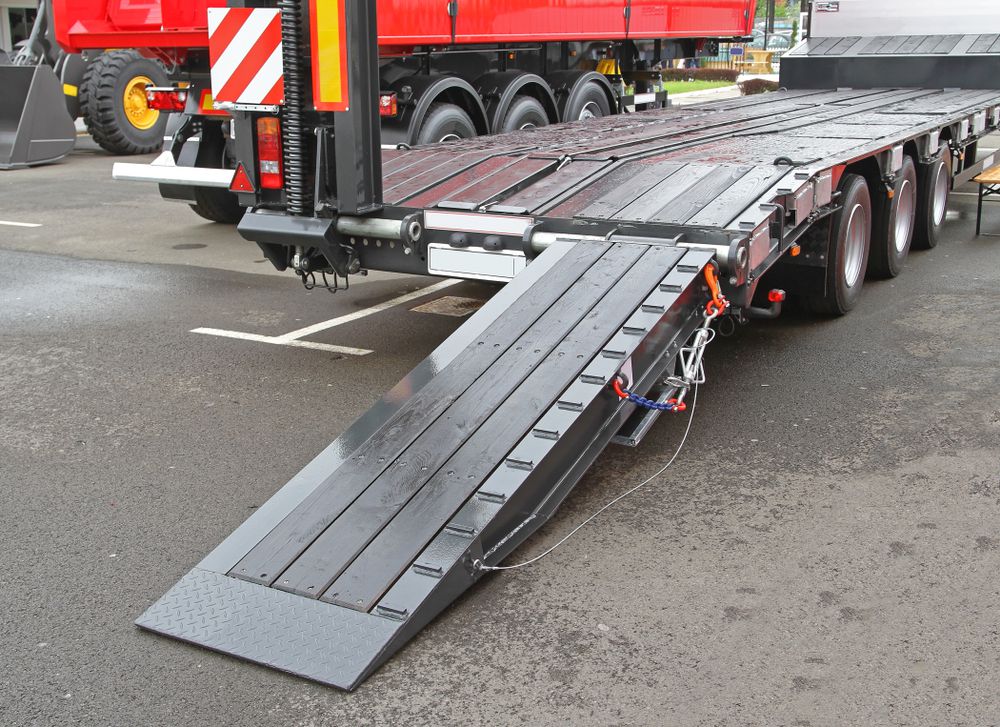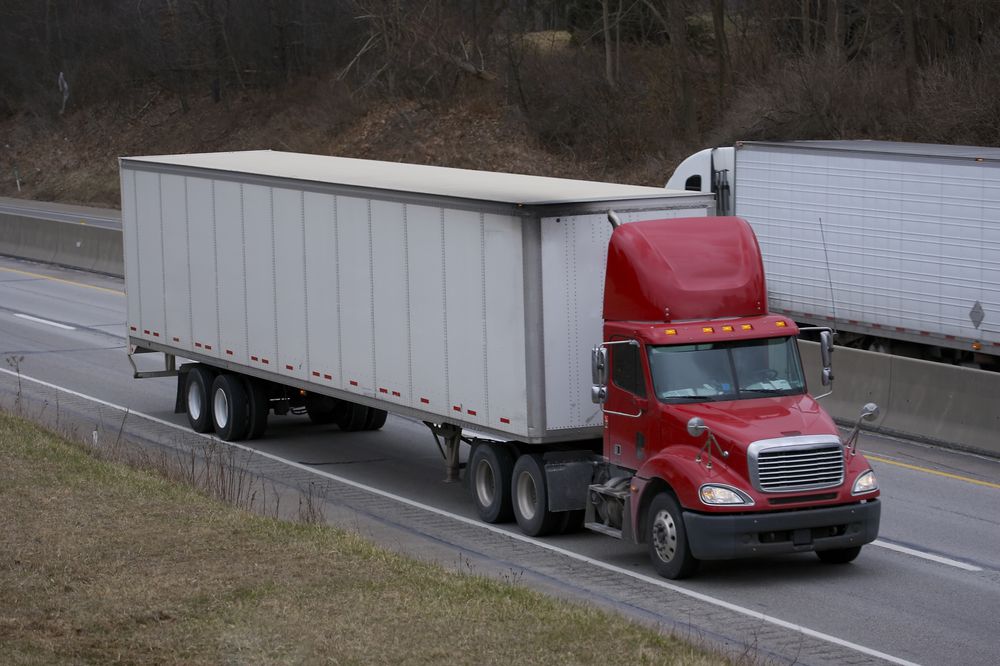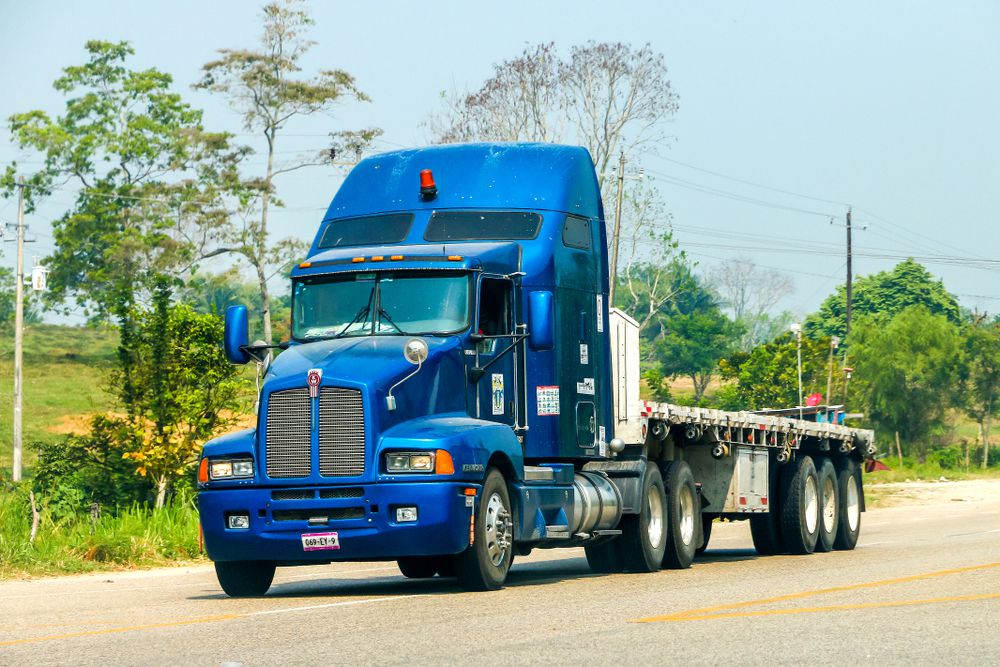Tips for Successful Flatbed Trucking and Shipping
Moving freight from place to place is not nearly as easy as it sounds. The tips for effective flatbed trucking and shipping certainly show this. Therefore, for a seamless trucking and transportation experience, there are a few factors to put in mind.
Absolutely nothing in road transport is nearly as arduous as flatbed trucking. You could struggle forever, learning the hard way through costly mistakes. Or we could show you the ropes. In a minute, we’ll show you tested and trusted tips for flatbed trucking.
What is Flatbed Trucking?
If you can ship it, you can truck it! The days of transporting only moderate-sized goods on roads are long gone. Flatbed trucking has ushered in the advent of heavy-duty transport on roads.
When we say heavy-duty, we mean heavy-duty! Here at All Freight Shipping, our flatbed trucking services can move:
- Mobile houses
- Trucks
- Lead pipes
- Heavy logs of wood
- Steel wires
- Vehicles
We move cargo to and from the following locations:
- Vancouver to Toronto
- Montreal to Toronto
- Calgary to Toronto
- Edmonton to Toronto
- New York To Toronto
- California to Toronto
- Dallas to Toronto
- Chicago to Toronto
- New Jersey to Toronto
The maximum load-limit for a flatbed trucker is about 46000 pounds! Now, the smallest jet, the Embraer ERJ 135, is only about 26 000 pounds. Are you beginning to comprehend how much a flatbed truck can carry?
If a particular cargo is extremely heavy – a crane, or bulldozer maybe, two to three flatbed truckers could be ‘yoked’ to ‘plough.’ Hence, one of the many tips of flatbed trucking: no load is too heavy. In theory, therefore, there’s no defined load limit.
Proven Tips for Flatbed Trucking

Planning to use flatbed trucking for your next cargo? Here are some helpful tips to take into perspective.
How good is your Physics?
If you’d be carrying a whopping 46000 pounds, it’s imperative that it’s secure. Your efficiency as hinges upon accurate loading and balancing of the goods on your truck.
Know how to balance your goods appropriately, since it affects general weight distribution. You’re also responsible for the safety of other road users. Therefore, balance and safety are doubly important.
How to secure loaded cargo

There’s no point in trying to reach equilibrium in your weight distribution if you don’t secure them in place. You shouldn’t even attempt to move unsecured cargo.
There are strict guidelines on tying these goods down, and you must ensure they are followed. You don’t want any unexpected loose ends while on the road.
Tie-downs may be anything, ranging from synthetic webbing to chains, to nylon ropes, and ratchet straps. Per 10000 pounds, you should strap a minimum of one chain. And you can never use too many.
In the bid to hold down your goods, you should take extra precautions to ensure you don’t harm them. Many times, the tie-downs either scratch or dent the goods in some way. It is, therefore, necessary to pad the goods wherever they contact the tie-downs.
Use Tarps Effectively

Learning the skill of tarping is equally essential to flatbed trucking services. When you tarp, you flank a canopy/covering over your exposed goods. Some goods are so large, they are impossible to cover, and may be left open.
Securely holding down goods with high tension cords is not enough security measure. Covering your goods with tarps, on the other hand, prevents them from harsh weather conditions, and prying eyes of criminals.
If you’re going to use tarps, use them correctly. You don’t want to literally blow your cover in the faces of the vehicles coming behind you. Many flatbed trucking services like ours pay extra for drivers to correctly tarp cargo. Do you see why tarping is important?
Examples of tarp materials include the following:
- Tarpaulin
- Steel tarp
- Lumber tarp (for logs)
- Smoke tarp (to protect from wind)
A better alternative to any of these materials is a tarp system. It consists of an internal framework that saves the stress of manually attaching the tarp to the load. They are ideal for freights that attain trailer and width requirements.
To maintain the integrity and strength of your tarps, here are a few tips:
- Always inspect your tarp for stains, holes, or any other form of damages.
- Wash/clean the stains and patch the holes.
- Regularly wash your tarps, dry them, and neatly store them away till further use.
- Most tarps come with their specified tie-downs. As good as improvisation is, ensure you use these tie-downs when they are available.
Drive slow and steady

When transporting flatbed freight, never move too fast. You should ensure that you observe periodic stops on your journey to inspect your goods. Despite how balanced and tightly secured your loads may be, they tend to shift when you move. This is majorly due to the condition of the road, and the effect of the wind.
Travel prepared
The goods you’re transporting will determine the kind of gear you travel with. Nonetheless, the basic things you should go with include safety glasses, a hard hat, a vest, and your fire extinguisher to name a few. You should also travel with at least a pair of spares. These should include extra tarps, chains, and cords.
Conclusion
Flatbed trucking is indeed a blessing to transport and freight distribution services. It is not for the light-hearted, seeing it demands such responsibility and discipline. We have highlighted some of the flatbed trucking tips that will ensure that you start or continue on the right foot.
However, why go through all of this stress when you can work with a highly-rated trucking service in Toronto? Here at All Freight Shipping, our track record speaks for itself. We always deliver cargo on time and in great condition. Check our flatbed trucking services today!

